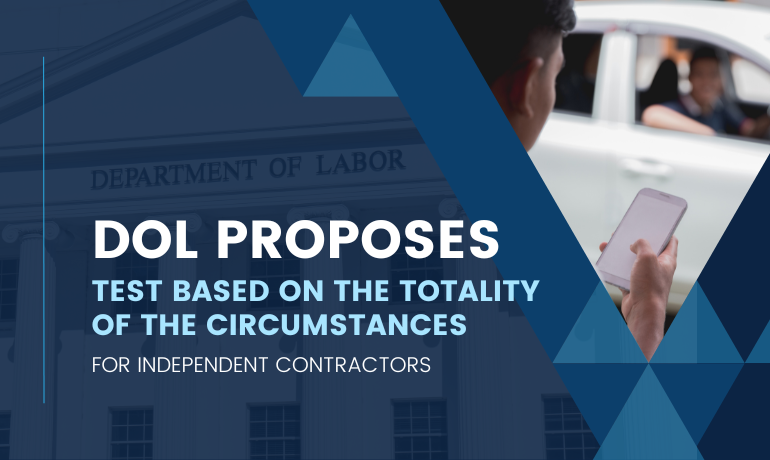On June 15, a legislative hearing took place in the U.S. House Subcommittee on Immigration Policy and Enforcement regarding the requirement of all U.S. companies to use E-Verify, the federal government’s electronic employment verification system. Bill H.R. 2164, known as the Legal Workforce Act, would replace the paper-based Form I-9, making employment eligibility verification more efficient and secure for employers. The electronic system also provides an ease of use for companies and helps them maintain compliance with ever-changing state and federal regulations.
A CLOSER LOOK: BILL H.R. 2164 – An issue update released last week by the Society for Human Resource Management (SHRM) shares the provisions included in Bill H.R. 2164. The Legal Workforce Act would:
Establish a fully electronic system—H.R. 2164 would eliminate the current paper-based Form I-9 process and replace it with a completely electronic work eligibility system. Preempt state employment verification laws—H.R. 2164 would underscore that the federal government, not the states, is the appropriate entity to make and enforce immigration law in the workplace. However, it would allow states to use “business licensing and similar laws” to penalize employers for not participating in E-Verify.
Create a safe harbor for employers—H.R. 2164 would provide employers a safe harbor from prosecution if they use E-Verify in good faith and, through no fault of their own, receive an incorrect notice of work authorization from the system.
Not require verification of existing employees—H.R. 2164 would require most employers to verify the work authorization of new hires only. However, organizations with staff assigned to critical infrastructure sites would be required to re-verify the workers.
Phase in the mandate—H.R. 2164 would require most employers to enroll in the E-Verify system according to the following timeline from the date the bill is signed into law: Employers with more than 10,000 employees must enroll in E-Verify within six months, Employers with more than 500 employees must enroll within a year, Employers with more than 20 employees must enroll within 18 months, Employers with fewer than 20 employees must enroll within two years, Agricultural employers must enroll within three years.




